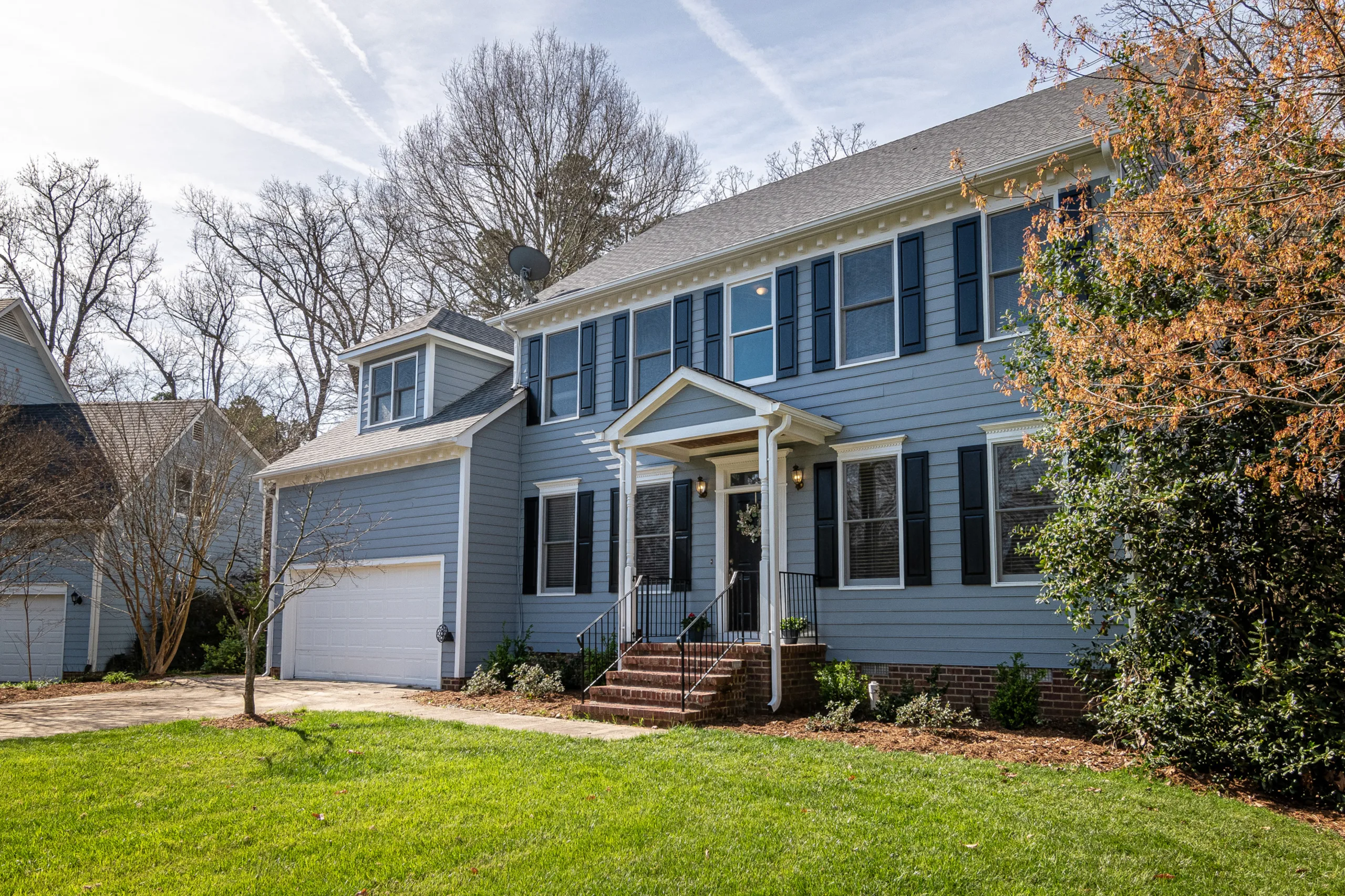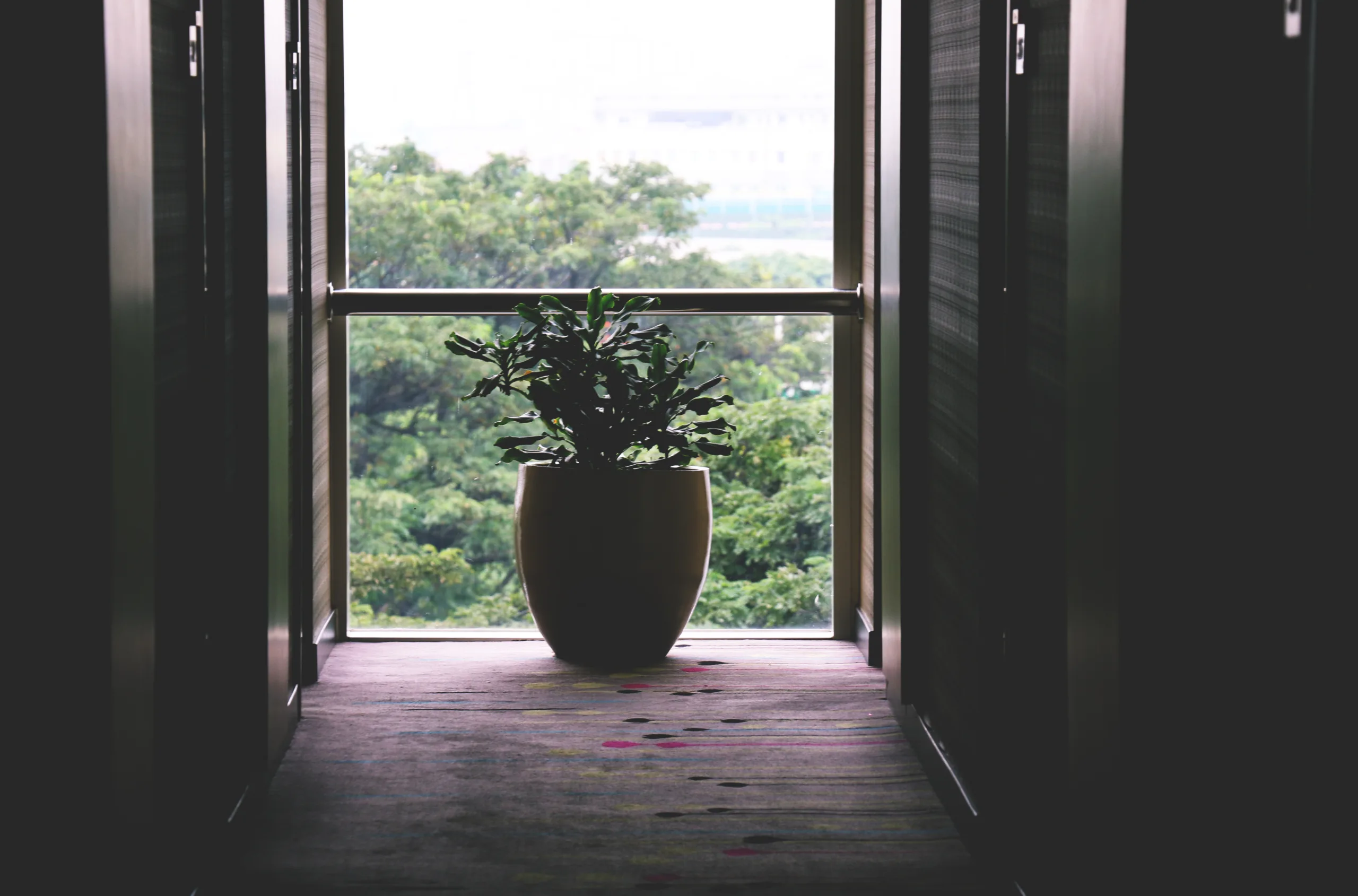Trees are not just an essential part of the environment, they bring life and beauty to any home. But with so many varieties available, it can be difficult to choose the best tree to plant at home.
In this article, we will discuss the best trees to plant at home based on their size, growth rate, hardiness, and other factors. We will also discuss how to care for them and answer questions such as how long they take to grow, what diseases they are prone to, and whether or not they require extra watering. By the end of this article, you should have a better idea of which tree is best for your home.
So read on to learn more about the best trees to plant at home!
Planting trees at home offers many benefits, including providing shade and shelter, improving air quality, reducing energy costs, creating a habitat for wildlife, and increasing property values. Additionally, trees can also reduce noise pollution and provide a natural barrier against wind. Overall, planting trees at home can help to create a healthier environment for all living things.
Types of Trees To Plant At Home
Planting trees at home can be a great way to create a beautiful outdoor space and reap the many benefits of having trees in your yard. There are many different types of trees to choose from, so it can be helpful to know what your options are before making a decision. Some popular types of trees to plant at home include:
Fruit Trees – Fruit trees can provide a great source of fresh produce right in your own backyard. Many fruit tree varieties are now bred specifically for home gardens, so you can find one that suits the size, climate and soil conditions in your yard. Some popular types of fruit trees include apple, orange, mango, cherry and peach.
Flowering Trees – Flowering trees add a splash of bright colors to any outdoor living space. These varieties bloom with vibrant colors throughout different times of the year, creating an eye-catching addition to any yard. Popular flowering tree varieties include dogwood, magnolia and cherry blossom.
Evergreen Trees – Evergreen trees are ideal for providing year-round coverage and privacy in your backyard. These varieties stay green throughout the year and require minimal maintenance once established. Popular evergreen varieties include pine, cypress and spruce.
Shade Trees – Shade trees are great for providing relief from the hot summer sun while still allowing light into your yard or garden area. Popular shade tree varieties include oak, maple and elm.
No matter which type of tree you choose to plant at home, it’s important to research the variety first to make sure it’s well-suited for the climate and soil conditions in your area. Planting the right type of tree will help ensure that it thrives in its new environment for years to come!
Poor Soil Quality
One of the most common issues with planting trees at home is poor soil quality. In many parts of the world, the soil can be nutrient-deficient or overly acidic. This can cause a tree to struggle to grow and be prone to disease and pests. To help ensure your tree has a healthy start, it’s important to choose a site with good soil quality, or amend the soil with organic matter and fertilizers.
Inadequate Watering
Another issue often encountered when planting trees at home is inadequate watering. Newly planted trees need plenty of water to help their roots establish and get off to a good start. It’s essential to provide regular, deep watering that penetrates deep into the soil around the tree’s root system. Depending on your climate and weather conditions, this may mean weekly or even daily watering for the first few months after planting.
Lack of Pruning
Pruning is an important part of caring for trees, but it’s often overlooked when planting trees at home. Pruning helps encourage healthy growth and also helps control disease and pest problems by removing dead or damaged branches. Proper pruning techniques should be used to ensure that branches are removed in a way that won’t damage your tree or leave it vulnerable to disease and pests.
Improper Planting Techniques
Improper planting techniques are another common issue when planting trees at home. Planting too deeply or not providing enough space for roots to spread out can lead to poor growth and even death if left unchecked. It’s important to ensure that you plant your tree properly according to its species’ specific needs so you can avoid these issues down the line.
Soil Requirements for Planting Trees at Home
When planting trees at home, it is important to consider the soil requirements for successful growth. The soil should be well-drained, with a pH of 6.5 to 7.5, and should contain adequate amounts of organic matter. When selecting a site for planting a tree, make sure it has not been treated with herbicides or insecticides as these can be detrimental to the health of the tree. Additionally, make sure to choose an area that receives enough sunlight and water to sustain the tree’s growth.
Soil preparation is also important for successful tree planting. Before planting, till or dig the soil around the selected area and add organic matter such as compost or aged manure. This will help improve the soil’s structure and provide essential nutrients for growth. For trees that require more moisture, you can also incorporate peat moss into the soil mixture to increase its water-holding capacity.
Once planted, make sure your trees are adequately watered in order to ensure healthy growth. Watering frequency will depend on your climate and soil conditions; however, in most cases trees should be watered at least once per week during dry periods and more often during periods of high heat or drought. Additionally, it is important to fertilize your trees regularly in order to promote healthy root development and increased resistance against pests and diseases.
By following these guidelines when planting trees at home you can help ensure their successful growth over time!
Selecting the Best Seasons to Plant Trees at Home
Planting trees in your home garden or yard can be a great way to add visual interest and natural beauty to your outdoor space. Not all trees are suitable for planting at home, however, so it’s important to select a species that is suitable for the local climate and soil conditions. Additionally, it’s also important to choose the best season for planting trees at home. Depending on where you live, the optimal seasons for planting trees can vary, but generally speaking there are two ideal times of year when tree planting should be considered.
The first ideal season for tree planting is during late autumn or early winter. During this time of year, the temperatures tend to be cooler and there is usually less rain than during other months. This means that newly planted trees have time to get settled into their new environment without being exposed to too much heat or moisture. Additionally, many nurseries offer discounts on trees planted during this time of year as well, so it’s a great way to save money while still getting a quality tree for your home garden or yard.
The other ideal season for planting trees is during late spring or early summer. This is when most deciduous trees will have finished blooming and will have begun transitioning into their summer foliage period. By planting during this time of year, you give young trees the opportunity to establish themselves before winter arrives. Additionally, since temperatures are warmer and more consistent during late spring and early summer months, newly planted trees don’t need to worry about unexpected cold snaps that could potentially damage them before they have had a chance to settle into their environment properly.
No matter what type of tree you decide to plant in your home garden or yard, it’s important to make sure that you select the best time of year for planting them. Late autumn/early winter as well as late spring/early summer are both ideal times of year when it comes to planting trees at home. By selecting one of these seasons for your tree-planting project you can ensure that your new addition will get off on a good start and thrive in its new environment!

Cost of Planting Trees at Home
The cost of planting trees at home can vary greatly depending on the type of tree you choose, the size of the tree, and the soil and climate conditions. Generally speaking, costs can range from a few dollars for a small sapling to several thousand dollars for larger trees. Of course, costs may also depend on whether you purchase your tree from a nursery or if you buy it directly from a landowner. In addition, some trees may require additional care and maintenance, such as pruning, mulching, and fertilizing, which can add to the cost.
When selecting a tree to plant at home, it’s important to consider its growth rate and ultimate size. Trees that grow quickly require more regular maintenance and often have shorter lifespans than slower-growing species. The type of soil in your area is also an important factor in selecting a suitable tree; some species are better suited to certain soils than others. Finally, climate plays a role in determining which types of trees will thrive in your location; for instance, evergreen conifers can be more successful in colder climates than deciduous trees.
In addition to purchasing the tree itself, there are other costs associated with planting it at home. Basic tools such as shovels and buckets are necessary for digging a hole for the tree’s roots. If you don’t already own these items or don’t know how to properly use them, hiring someone who does is an option that adds additional cost to the overall expense.
In conclusion, planting trees at home can be an enjoyable project that pays off in both environmental benefits and personal satisfaction. The cost depends on many factors but can generally range from just a few dollars up to several thousand dollars depending on the size of the tree and other considerations.
Location
When choosing trees to plant at home, it is important to consider the location of your property. The type of tree you select should be compatible with your climate and soil type. Take into account the amount of sunlight and shade available in the area where you will be planting, as this will affect how well the tree grows. Also, consider the amount of space available for trees to grow, as some species may need more room than others.
Growth Rate
The growth rate of a tree should also be taken into consideration when selecting which trees to plant at home. Fast-growing trees can provide a lot of shade quickly and can give your landscape an instant boost. However, they may require more maintenance and have shorter lifespans than slow-growing varieties. On the other hand, slow-growing trees may take longer to reach maturity but they tend to live longer and require less maintenance over time.
Maintenance Requirements
The amount of maintenance required for each tree species is another important factor when selecting which trees to plant at home. Some trees are very low-maintenance and require limited pruning or fertilizing, while others may need regular attention in order to keep them looking their best. Consider how much time and effort you are willing or able to dedicate to maintaining your trees before making a selection.
Pest Resistance
When choosing trees for your home garden or landscaping project, it is important to consider pest resistance as well. Some species are naturally more resistant than others to insect pests or diseases, so selecting one with good resistance can help reduce the need for chemical pesticides or fertilizers in order to keep it healthy. Researching different varieties before making a selection will help you pick one that is best suited for your particular needs.
Root Structure
In addition, it is important to consider the root structure of each tree variety when deciding which ones to plant at home. Trees with strong root systems tend to be better able withstand strong winds or heavy rains without being uprooted or toppled over easily. They are also less likely to cause damage by cracking sidewalks or foundations due their root growth.
Finally, think about what purpose you want each tree species serve in your garden before making your decision. Do you want a tall shade tree that provides privacy? Or perhaps a flowering ornamental variety that adds beauty? Thinking about these factors ahead of time will help ensure that you select the right ones for your needs and preferences.
Watering
Watering is one of the most important aspects of tree care. Newly planted trees should be watered deeply and frequently for the first season, with the amount and frequency adjusted for soil and weather conditions. During periods of hot or dry weather, trees may need to be watered more frequently than normal. Established trees should also be checked regularly for signs of water stress, such as wilting or yellowing leaves. Trees should also be given a deep soaking during dry spells to ensure they remain healthy.
Fertilizer
Trees may need fertilizer to help them grow strong and healthy. When applying fertilizer, it is important to check the label and follow the instructions carefully, as over-fertilizing can damage plants. Fertilizers should be applied in early spring when growth begins, as well as in mid to late summer when growth slows down.
Mulching
Mulching is an important part of tree care, as it helps to retain moisture in the soil around the tree roots. It also prevents weeds from growing around a tree’s base, which can compete with the tree for nutrients and water. When mulching a tree, it is important to use an organic material such as wood chips or bark mulch. A layer between 2-4 inches thick should be applied around the base of a tree but not touching its trunk.
Pruning
Pruning is an essential part of maintaining a healthy tree. It helps maintain the shape of a tree and remove dead or diseased branches which could potentially harm other parts of the tree. Pruning should generally take place during late winter or early spring before new growth begins. It is important not to prune too heavily at once, as this can cause stress to a tree.
Insects & Disease
Inspecting trees regularly for signs of pests or disease can help prevent problems before they become serious issues. Common signs include discolored leaves, brown spots on leaves or branches that are dead or dying back prematurely. If pests or diseases are detected early enough they can often be treated successfully with insecticides or fungicides.
By following these simple maintenance tips for planting trees at home you can help ensure that your trees remain healthy and beautiful for many years to come!

Conclusion
Trees are a great addition to any home, no matter the size of your garden or balcony. When choosing the best trees to plant at home, it is important to consider the space available, climate conditions and the desired effect. Trees can provide shade and privacy, enhance a garden’s beauty and attract birds and other wildlife. If you are looking for an easy-care tree with beautiful blossoms or foliage, opt for a flowering dogwood, redbud or magnolia tree. For something that provides more shade, go for an oak or maple tree. If you live in a hot climate, a desert willow is a great choice as it is drought-tolerant and requires little maintenance. With careful consideration of your individual needs and preferences, you can find the perfect tree to plant at home!

My interest in trees started when I first saw the giant sequoias in Yosemite.
I was a teenager then, and I remember thinking, “I need to learn more about this.”
That moment stuck with me.
A few years later, I went on to study forestry at Michigan Tech.
Since graduating, I’ve worked in a mix of hands-on tree care and community education.
I’ve spent over ten years helping people understand how to plant, maintain, and protect the trees in their neighborhoods.
I don’t see trees as just part of the landscape.
They are living things that make a real difference in our daily lives.
